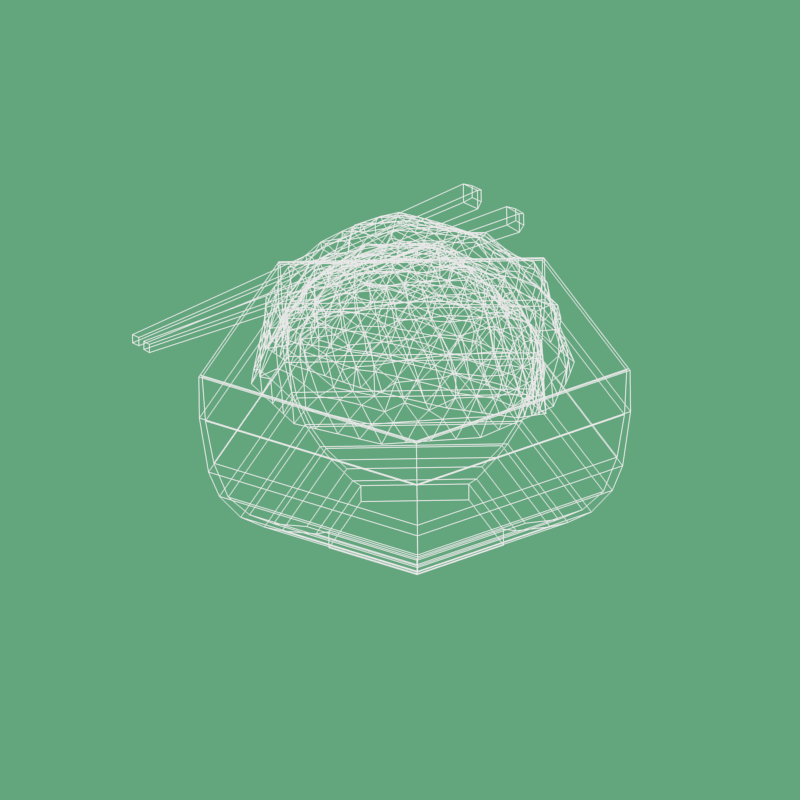

THE PURPOSE
- Show the strength of cooperation
- Gain new bicycle skills
- Meet your neighbors
- Learn critical thinking
- Empower eachother
First and foremost this is a team building challenge using bicycles. The bicycle is a symbol of personal strength and during the aftermath of a disaster the human spirit is tested most of all. It will be that moment when we will need to pick eachother up, care for eachother, and deliver much needed relief.
We have built much of our urban life on complex systems. If one of the many dominos fall it can cause people to suffer. This challenge is to bring people together, learn how to work as a team, and use the bicycle as the tool that keeps working when everything else becomes unreliable.
AROUND THE WORLD
Groups from around the world have been challenging cyclists to carry aid and help after disasters. These trials have proven successful at showing the usefulness of bicycles and have helped the participants learn the skills they may need if a real disaster were to happen.
On the west coast of America groups like the “Disaster Relief Trials” have been taking part in endurance races using cargo bikes carrying relief supplies. The Colorado group “Denver Food Rescue” have been delivering food on bikes since 2012 using volunteer cyclists. After the large earthquake in Mexico city in 2017 a group of high school students organized relief missions on bicycles to bring aid to evacuation centers and victims of the disaster.


TEAMWORK
To encourage team building the challenge starts with participants selecting a team of 5 members. These could be members in your company, neighbors, classmates, or your friends or family. One rule about the teams is that you must have one person who is handicapped by age or physical ability.
These teams of 5 must get through each of the challenges together and learn the importance of working for the greater good and not just for yourself.

THE ROUTE
The route is a secret to the participants until one hour before the start. At the starting location there will be a registration where the teams get their checkpoint card, balloons, and a brief safety introduction.
Each checkpoint along the route will have a new item to collect and take with them to the goal and they will have a challenge that they need to overcome.
Sometimes the challenge is physical and sometimes the challenge is mental. The teams must work together to solve the challenge and navigate to the next checkpoint. They are not told how to get to the checkpoints and are not allowed to use electronic maps.
It’s not about speed but they are required to go to the checkpoints in order. If they skip one they will have to go back and pass the checkpoint they missed.

BECOMING A PARTNER
There are a few ways you can help make this challenge a huge success.

Sponsors
We need financial assistance to be able to cover the cost of collateral and other business expenses. With your support, you will have a visible presence at the event with your name or logo promi- nently seen throughout the challenge. Depending on the total amount you may be able to even have a booth at the final stage.

In-kind Donations
If you have access to material or locations that would help and can allow us to use it for free or at a reduced rate, we would kindly make sure everyone involved knows about your support.

Volunteering
Becoming a volunteer on the day makes everything run smoothly and gives the teams reassurance that the community is there to help. It’s a fun day out and you get to do some good for society.









